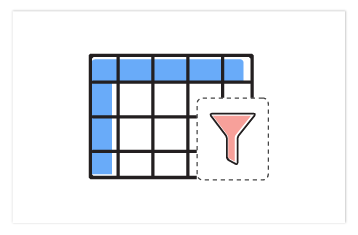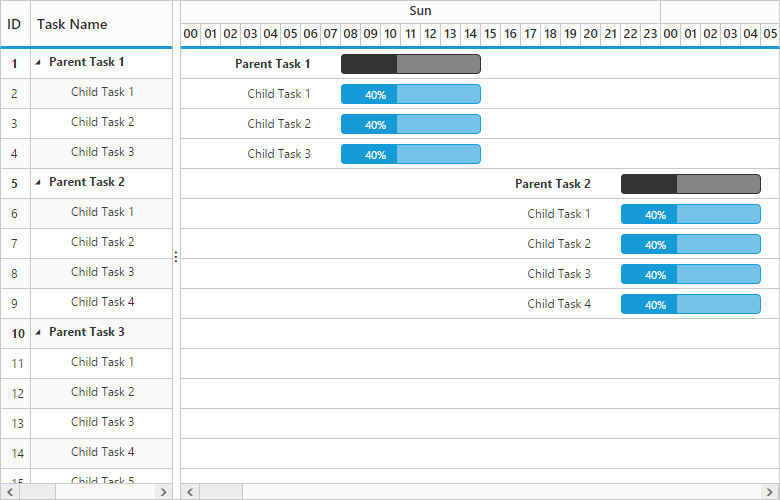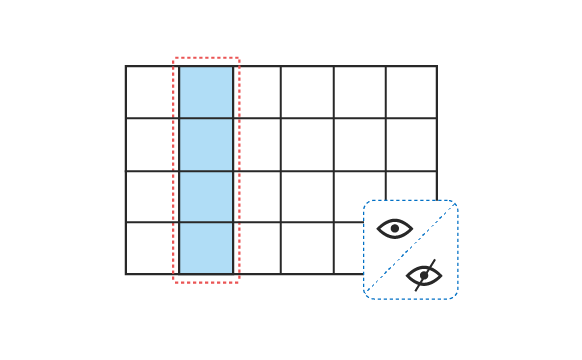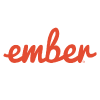Trusted by the world’s leading companies

Overview
The Gantt chart is a project management tool which provides a Microsoft Project-like interface for scheduling and managing projects. Its intuitive user interface lets you visually manage tasks, task relationships, and resources in a project.

Performance
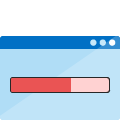
Instant loading
Instantly load large numbers of records along with predecessors.

Smooth scrolling
Perform scrolling and other actions without any lag even when dealing with large numbers of records.
Task relationships
Relationships can be specified between different tasks to determine the order in which the tasks needs to be performed. The relationship links can be finish-to-start, start-to-finish, start-to-start, and finish-to-finish types.
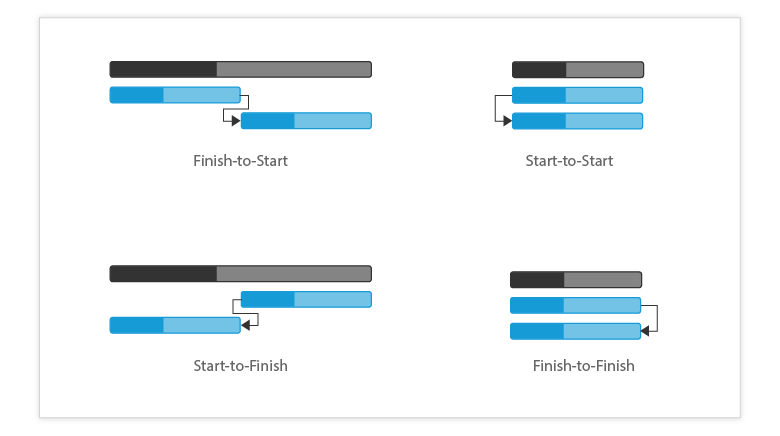
Data handling and manipulation
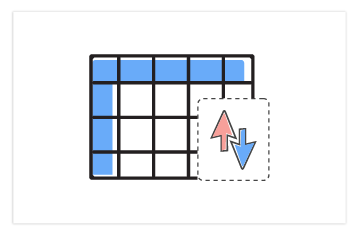
Sorting
Columns can be sorted either based on a single field/column or on multiple columns/fields.
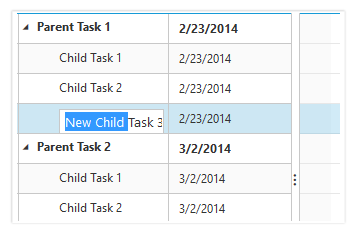
Editing
A task’s fields, such as duration, start date, end date, predecessors, etc., can be edited directly in their respective cells, using dialog, or interactively using taskbars.
Time scale modes
Different time scales such as hour, day, week, month, and year views can be configured.
Resource allocation view
The Gantt control now provides support for a resource allocation view. With this view, users can interpret tasks occurring on same dates and the overallocation of resources in a project.

Work week
Work week is used to define the working days or productive days in a week in a project.It is possible to define both continuous and intermittent days as working days.

Working time range
Working time range is used to define the task`s start date and end date with time values. The provided time ranges will be calculated to render taskbars in schedule.

Critical path
Critical path is used to highlight which task will effect the project schedule.

Work breakdown structure
Work breakdown structure in Gantt represents the entire project’s activities in various submodules. It is used to split large tasks into manageable small tasks.


Context menu
Using the context menu, you can indent, outdent, delete, or edit a selected task. You can also add new tasks
Selection
Different types of selections are possible.
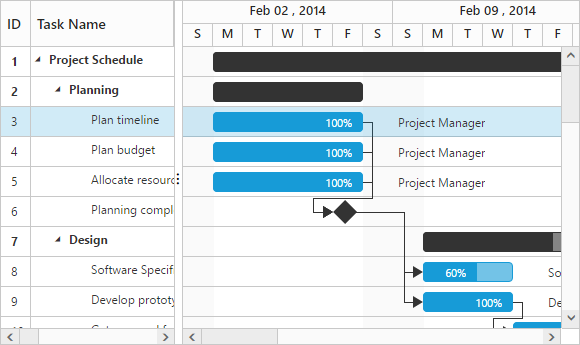
Row selection
Row selection can be enabled or disabled in Gantt using a property.

Highlight days and events
Important days or events in a project can be highlighted using strip lines.

Holidays
Holidays denote the nonworking days.

Baselines
Baselines are used to compare the current progress of a task with the original planned progress.
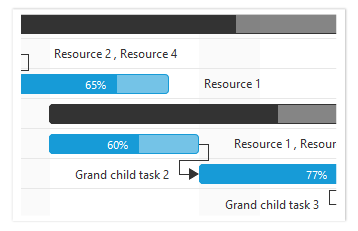
Allocating resources
Resources are represented by staff, equipment, materials, etc. We can show and allocate the resources for each task. ) View Demo…

Toolbar
Toolbar contains options for editing, searching, expanding, collapsing, indenting, outdenting, and deleting selected tasks. It also contains options for adding new tasks.

75+ jQuery UI WIDGETS
Our Customers Love Us


 Documentation
Documentation
Awards
Greatness—it’s one thing to say you have it, but it means more when others recognize it. Syncfusion® is proud to hold the following industry awards.

